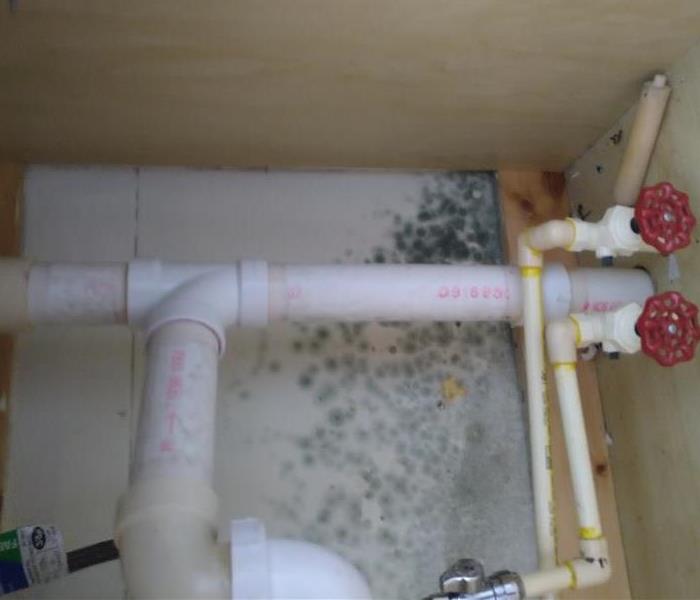Invasive V. Non-Invasive Mold Remediation
11/7/2019 (Permalink)
Maintaining your Springfield home and protecting your family from avoidable health issues are two good reasons to evaluate the potential impact of mold on your home. Many families wait until the spread of mold contamination is widespread before acting to correct this issue. In many cases a small amount of prevention can go a long way in avoiding high damage and expenses caused by mold in the future.
After finding mold in your home, there are two general paths a remediation company can take. This can be invasive or non-invasive in nature depending on the level of contamination in your home.
Non-Invasive Remediation
This remediation process consists of HEPA (High-Efficiency Particulate Air) vacuuming, sanding, surface wiping and using an HEPA air scrubber. Most building materials contaminated with surface mold such as wood, glass, metal, and ceramic can be efficiently decontaminated with these processes and pass certified third party IEP testing such as air sampling and surface testing. Surface mold is often caused by a high relative humidity (Rh) inside your home.
Invasive Remediation
This remediation process consists of removing and discarding porous building materials that cannot be decontaminated through non-invasive means. Moisture infiltration often causes moisture to penetrate walls and generate mold inside wall cavities. Generally, this is caused by moisture entering your home’s exterior envelope through compromised roofing, siding or an interior water source, such as piping or faucets. Seepage, flooding and leaks create a tremendous mess for the homeowner. These problems result in severe building material damage that requires some level of invasive remediation. From a cost perspective, the labor of invasive remediation is somewhat more expensive, but the cost of reconstruction and repair that is necessary following the removal of mold damaged building materials presents a marked difference.





 24/7 Emergency Service
24/7 Emergency Service
